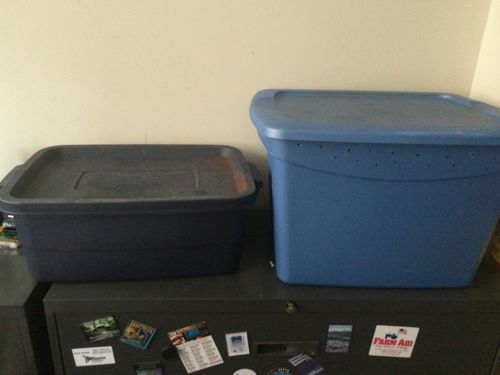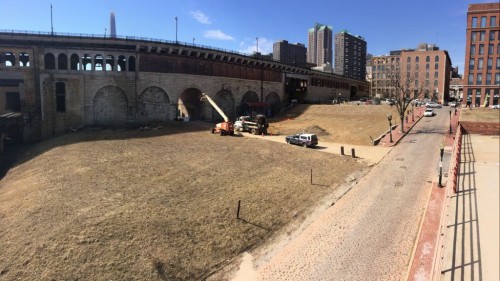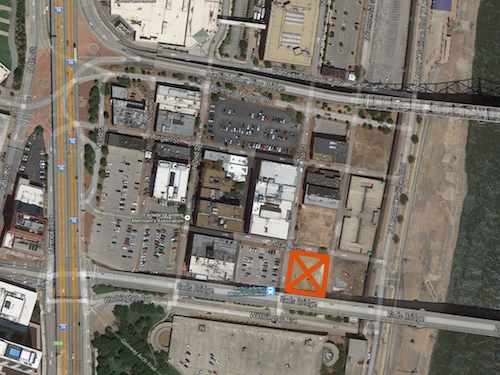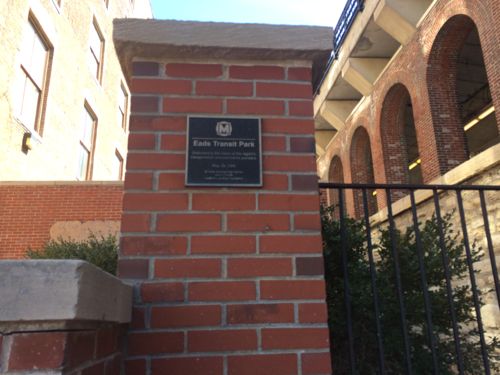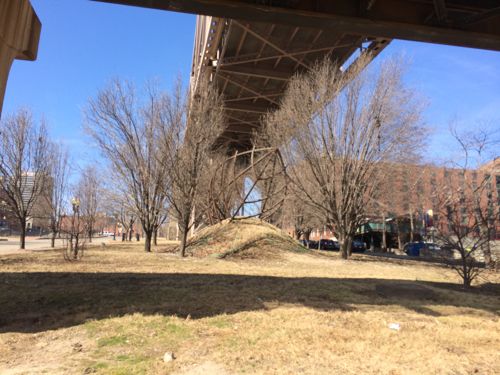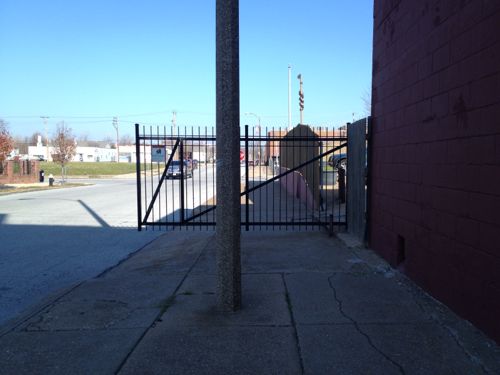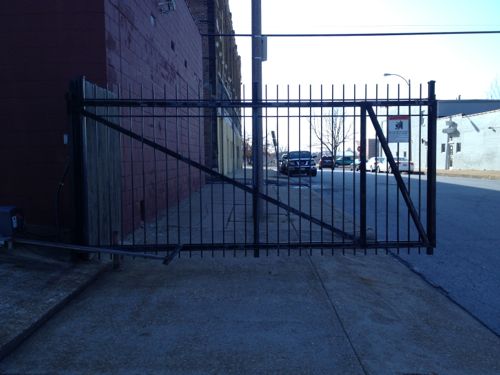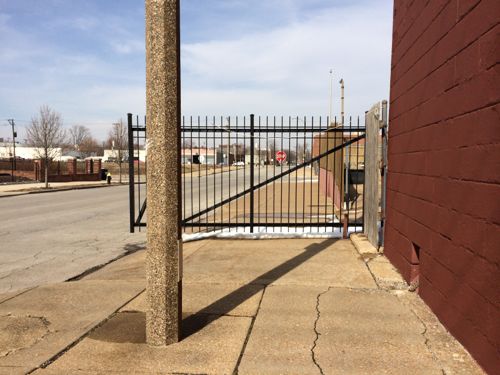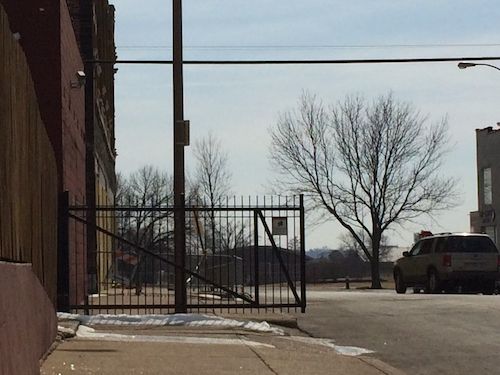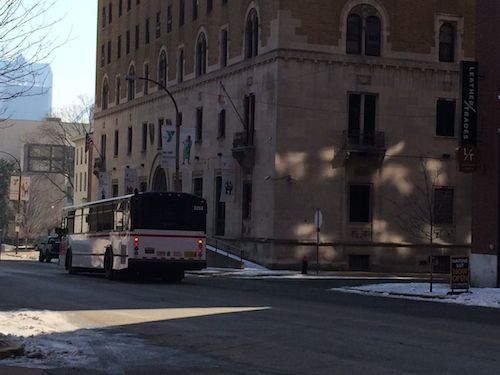Raised Crosswalks Should Be Used More Often
|
|
Everyone is likely familiar with what a crosswalk looks like, ramps on each side sloping down from the sidewalk level to the street level. Ever stop to wonder why the pedestrian must come down to street level then back up to sidewalk level on the other side of the street? With the raised crosswalk it is reversed:
Raised crosswalks are marked crosswalks that are raised to act simultaneously as a speed hump. Approach markings signal to drivers that the crosswalk is raised. Crosswalk markings or contrasting crosswalk materials (pictured) show this element is also a crosswalk. As both a marked crosswalk and a traffic calming element, raised crosswalks provide a superior safety advantage to pedestrians. Raised crosswalks are most appropriate on streets with only moderate traffic (<10,000 trips/day), such as a minor collector, or a residential street with a significant conflict between pedestrians and vehicles. This type of facility is particularly effective where heavily used trails cross a road. (Streets Wiki)
This is not a crosswalk you’d use across a busy aerial, like Kingshighway. It’s great in lower traffic areas where lower speeds are desired. Several crosswalks around the new Jazz at Walter Circle senior housing in East St. Louis are raised crosswalks:
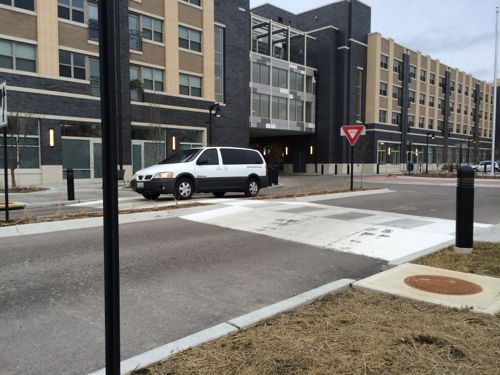
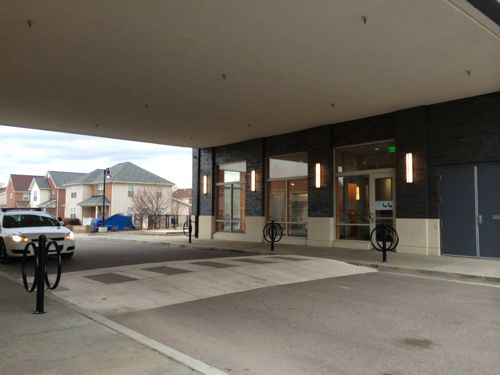
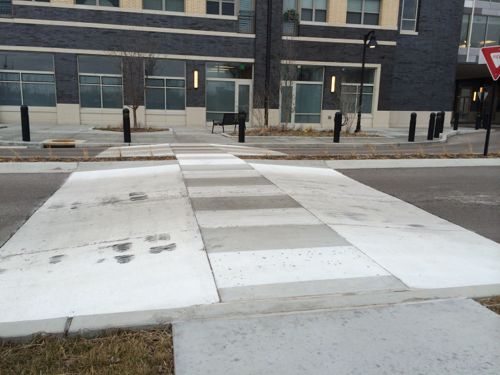
The raised crosswalk makes the pedestrian network easier to plan & construct. My guess is the construction costs are probably a wash, but with greater benefits of increased pedestrian safety.
Related to the raised crosswalk is the raised intersection, I don’t know of a local example to show you.
— Steve Patterson


